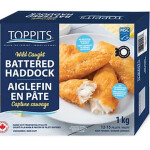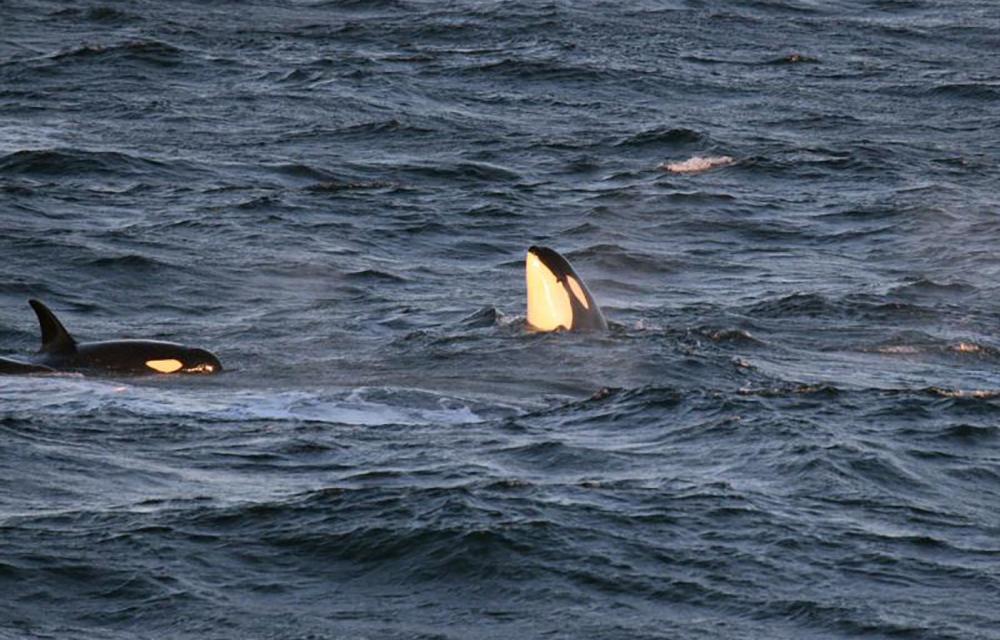The Wild Fish Conservancy and The Conservation Angler have sued federal, state, and local officials over the management of salmon hatcheries in the lower Columbia River basin, mainly located in the U.S. states of Washington and Oregon, which the groups claim is harming wild salmon and steelhead stocks in the area.
The suit, filed in the Western District Court of Washington, is the latest initiative in Wild Fish Conservancy’s campaign against salmon fishing and salmon hatcheries in the Pacific Northwest region of the U.S.
The group claims commercial fishing deprives Southern Resident killer whales of much-needed prey, while hatchery salmon harm wild stocks and deter long-term recovery.
In 2023, Wild Fish Conservancy won a major legal victory that nearly shut down the king salmon troll fishery in Southeast Alaska, but soon after the ruling, the U.S. Court of Appeals for the Ninth Circuit ultimately stepped in to allow the summer season to take place. The organization also petitioned NOAA Fisheries to list Alaska king salmon under the Endangered Species Act.
In the latest lawsuit, the two conservation organizations allege that government officials have failed to adequately protect salmon species listed under the Endangered Species Act (ESA) from salmon hatcheries in the Columbia River below Bonneville dam. The groups list several ways the hatchery programs are harming wild fish, such as “genetic and ecological interactions, harvest impacts, facility effects, and fish-removal activities.”
“The failure of Columbia River hatcheries should come as no surprise,” Wild Fish Conservancy Senior Aquatic Ecologist Nick Gayeski said. “The region’s independent scientific experts have determined that massive hatchery releases are likely preventing the recovery of the basin’s salmon and steelhead through competition for limited food and space, as well as genetic impacts to wild fish.”
The federal government maintains that the hatcheries are helping improve salmon stocks and feeding Southern Resident killer whales. A draft environmental impact statement released by NOAA Fisheries in January claimed salmon populations increased up to 3 percent in areas “where the whales can best access them.”
However, Wild Fish Conservancy and The Conservation Angler claim that hatcheries operated by the government under the Mitchell Act and Select Area Fishery Enhancement (SAFE) programs “are seriously exceeding federally mandated limits for the number of hatchery fish reaching wild spawning grounds and breeding with wild salmon” laid out in their respective biological opinions. Further, state and local officials in the U.S. states of Washington and Oregon are not complying with requirements set in those biological opinions to protect ESA-listed species, according to the lawsuit.
“Just like targets set for fighting climate change, the standards of the Endangered Species Act are not just lofty goals; they’re crucial limits that can’t be crossed without causing serious damage,” Wild Fish Conservancy Executive Director Emma Helverson said. “It’s disheartening that our government has consistently failed to meet its own standards and seem content with causing the decline of wild salmon and steelhead in the Columbia Basin. Despite our best efforts to collaborate to implement known solutions, it is clear that legal action is the only option to hold these agencies responsible for addressing the ongoing harm caused by hatcheries.”
The groups are also challenging NOAA Fisheries’ use of weirs, which they said are ineffective and obstruct the migration of wild salmon.
The Wild Fish Conservancy and The Conservation Angler said NOAA Fisheries “should not be distributing funds to the hatchery operators until they can come up with a plan to adequately protect wild fish.”
Restoring salmon populations in the Columbia River Basin has been a focus for the administration of U.S. President Joe Biden, which is looking to increase funding for area hatcheries. In its 2025 budget request, NOAA Fisheries’ asked for a USD 10 million (EUR 9.2 million) increase for Mitchell Act hatcheries in the basin, bringing total program funding to USD 75 million (EUR 69 million). The agency said the funding will allow it to fully fund all 60 hatchery programs; currently, only 36 hatchery programs are funded.
In 2023, Biden’s administration also issued a memorandum prioritizing the restoration of salmon in the Columbia River Basin and signed new agreements with tribal and state governments to work toward that objective.








